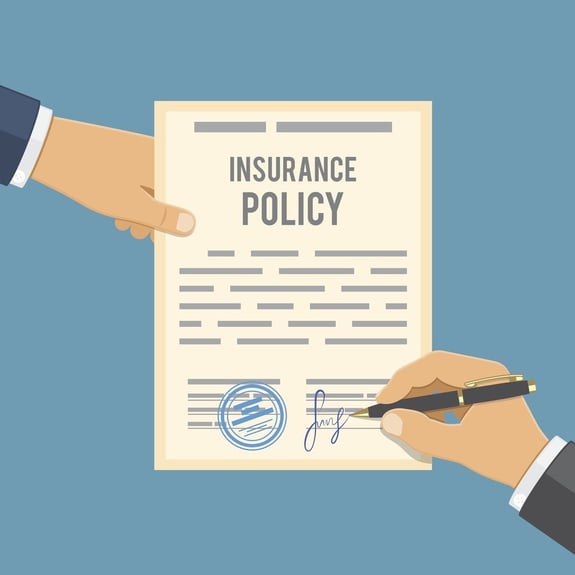7 Trends Daily
Stay updated with the latest insights and trends across various sectors.
Insurance Policies: The Fine Print You Shouldn't Ignore
Uncover the hidden truths in insurance policies that could save you money and headaches—don’t miss this essential guide!
Understanding the Nuances: Key Terms in Your Insurance Policy
Understanding the intricacies of an insurance policy can be challenging, as it often contains specific terminology that may not be immediately clear. Key terms such as "deductible," "premium," "coverage limits," and "exclusions" play a significant role in determining the extent of financial protection you receive. For instance, your deductible is the amount you need to pay out-of-pocket before your insurer begins to cover your claims. Moreover, the premium is the amount you pay periodically to maintain your coverage, which can vary depending on several factors including your risk profile and the type of policy you choose.
It's essential to review your insurance policy carefully to fully grasp these terms. One of the most crucial aspects is understanding the coverage limits, which define the maximum amount your insurer will pay for a covered loss. Additionally, be aware of the exclusions, as these are specific situations or conditions that are not covered by the policy. By familiarizing yourself with these key terms, you can make more informed decisions about your insurance coverage, ensuring that you are adequately protected in times of need.

What Hidden Clauses in Your Insurance Policy Could Cost You?
When purchasing an insurance policy, most people focus on the premium and coverage limits, often overlooking the hidden clauses that could lead to unexpected costs down the line. These clauses can vary widely between providers and policies, making it crucial for policyholders to read the fine print. For example, some insurers may include exclusions that prevent coverage for specific events or circumstances, such as natural disasters or specific types of property damage. Understanding these exclusions can save you from heartache and financial loss during a claim.
Another common hidden clause is the deductible requirement, which may shift the financial burden onto you during a claim. Many people do not realize that their policy may have separate deductibles for different types of coverage, such as auto or home insurance. Additionally, there could be conditional clauses that limit payouts unless certain conditions are met, further complicating your financial recovery. To avoid unpleasant surprises, consider consulting with an insurance expert who can help you uncover these hidden pitfalls and better understand your coverage.
Are You Fully Covered? Common Misconceptions About Insurance Fine Print
Many people purchase insurance policies believing they are fully protected, but common misconceptions about insurance fine print can lead to rude awakenings when the unexpected happens. One of the most prevalent myths is that all damages are covered under standard policies. In reality, many policies contain exclusions that can limit coverage significantly. For example, flood damage is often not included in homeowners insurance, which means that individuals living in flood-prone areas should seek separate flood insurance to avoid costly out-of-pocket expenses.
Another misconception is that insurance companies are always on the side of the policyholder. While many insurers do aim to provide good service, they often have an incentive to deny or minimize claims. Understanding the fine print is crucial; typically, policies contain clauses and definitions that can affect how and when claims are paid out. As a result, it's vital for policyholders to read through their insurance documents thoroughly, clarifying any terms that seem ambiguous, which can ultimately save them from disappointment when they need to make a claim.